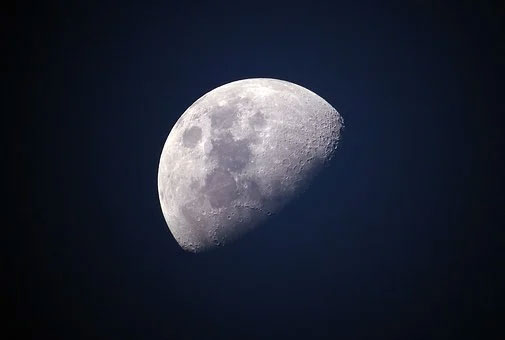There’s Still Time For Sky Gazing In 2021
The end of the year is upon us, with less than a week left in 2021. Despite the year ending soon, there’s still plenty of time for backyard astronomers to look at the sky during the last week of the year. With the winter solstice behind us, the days will slowly lengthen, and we will add four minutes of daylight over the next week.
The ISS will be at its most viewable on Friday, December 31 at 6:29 AM, when it will be visible for two minutes at a maximum height from the horizon of 11 degrees appearing in the north and disappearing in the Northeast. On Sunday, January 2, it will again be visible for five minutes at 18 degrees above the horizon appearing north northwest and disappearing east northeast.
There be plenty of opportunities to view the moon leading into the new year, with a new moon happening on January 2. The first full moon of 2022 will occur on January 17.
There will be no more full moons for 2021. Another interesting site in the nighttime sky will happen on December 28, about an hour after sunset. At that time, Mercury and Venus will be at their closest point to each other. From our perspective, Mercury will be several finger-widths lower and to the left of Venus. You will need binoculars and a view of the southwestern sky to see them.

